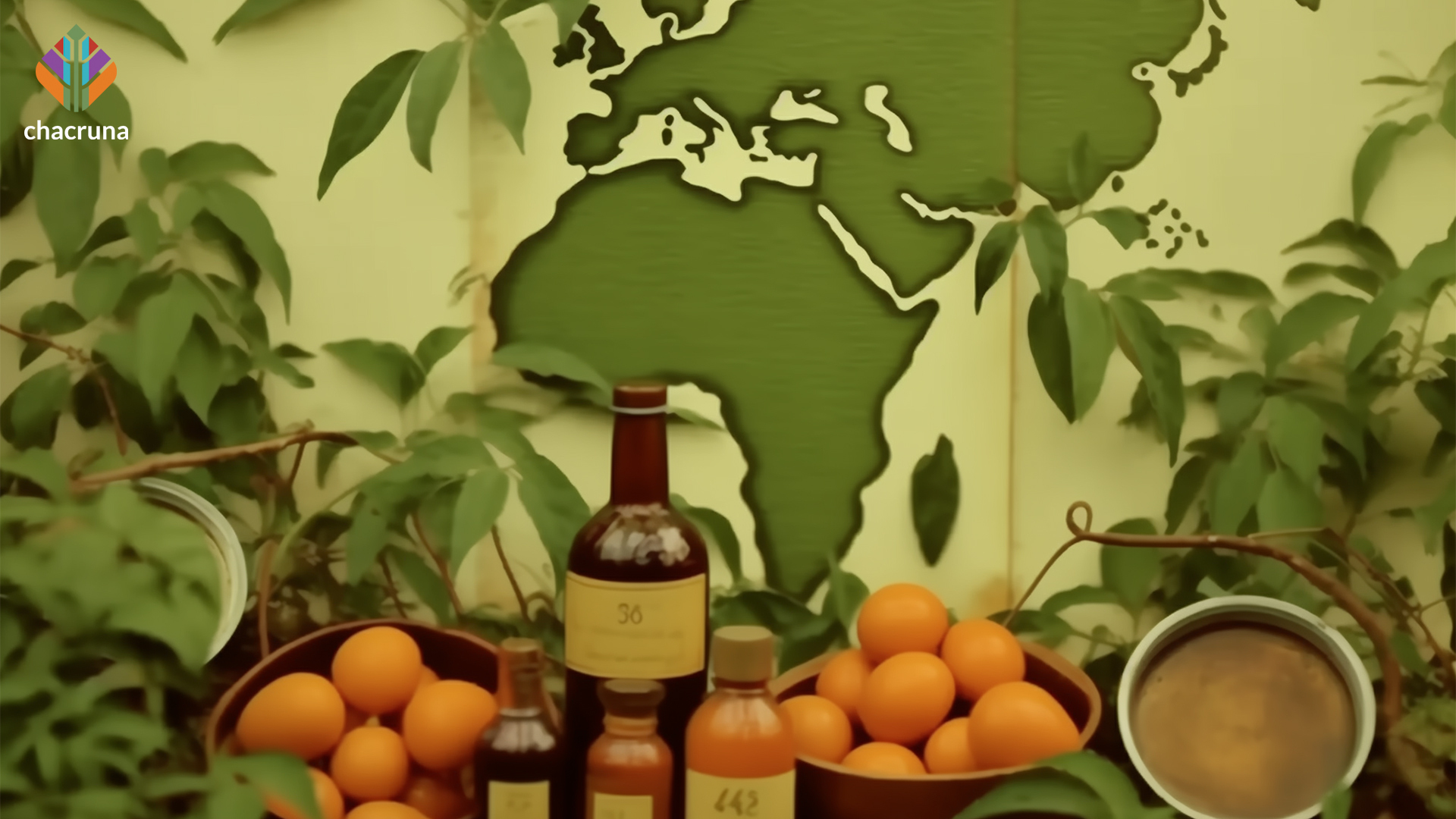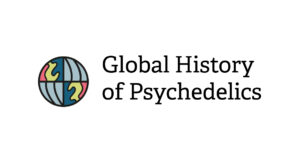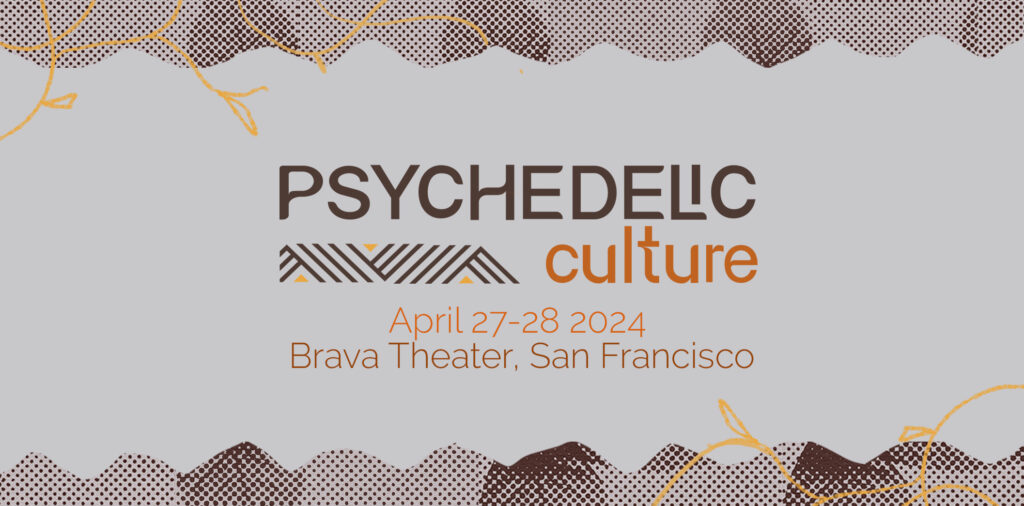- From Bwiti to Ibogaine and Back: A Transnational History of Tabernanthe iboga - November 22, 2023
In 2007, ibogaine was added to the list of illegal narcotics in France “due to its hallucinogenic properties and its high level of toxicity,” according to the conclusions of the Ministry of Health. This decision followed the suspicious death of a young man who had taken ibogaine during a “detoxification program” run by an organization that was also providing personal development courses.
Tabernanthe iboga is a shrub from the apocynaceae family and its roots have been used for centuries in Bwiti, a Gabonese initiation ritual.
Tabernanthe iboga is a shrub from the apocynaceae family and its roots have been used for centuries in Bwiti, a Gabonese initiation ritual. In the West, the plant was originally identified in the 1890s and made its way to France in the 1930s as a tonic called Lambarène. In the 1960s, it gained popularity as a drug that could reputedly end addiction. And from the 1990s onward, ibogaine became increasingly popular in France and across Europe and the Americas where it was consumed as part of courses and detox programs often inspired by Bwiti practices.
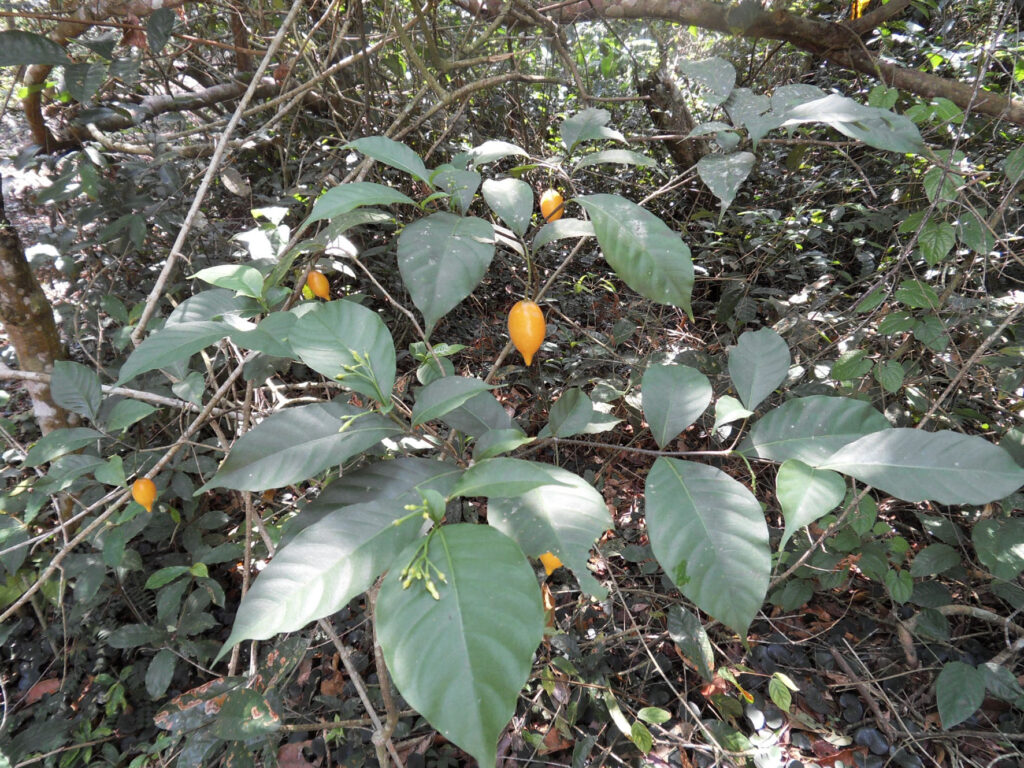
This plant, originally from Africa, subsequently drew the attention of the then French Agency for the Safety of Health Products, as well as the Inter-ministerial Mission for Vigilance and Combating Sectarian Aberrations (Miviludes). Merely two years after ayahuasca was banned, the French prohibition of ibogaine occurred in the context of public policies surrounding “drugs” and the consumption of psychotropic substances, “cults” and new religious movements, “alternative therapies” and illegal medicine. Moreover, ibogaine’s prohibition was proof that a growing segment of the population was drawn to these psychoactive plants and the religious traditions they were associated with.
In what context and conceptual framework did these new uses of ibogaine emerge? To answer this question, my chapter in Expanding Mindscapes compares Western uses of ibogaine with its ritual uses in Gabon. However, this comparative approach does not imply a great divide between “us” and “them.” African initiation rituals have had a significant and direct influence on both European and American ibogaine consumption.
Find more information on the upcoming Psychedelic Culture Conference.
The rise of transnational networks allowed people, substances, concepts, and uses to circulate between Africa, Europe, and the Americas. However, the mediation carried out by American, European, and African cultural brokers also involved a process of intercultural translation. A series of reinterpretations took place in the Euro-American adaptation of ibogaine, as well as “working misunderstandings,” to use anthropologist Marshall Sahlins’ concept. For instance, American treatments focus on ibogaine, the chemical molecule, and its psychoactive properties, whereas in Gabon the emphasis is placed on the iboga root itself, the plant in its natural state. New Age culture and the rise of “neo-shamanism,” which emphasized personal improvement, also played a role in shaping Western ibogaine-based therapies.
The chapter explores the liminal nature of the cultural practices that lie at the heart of Euro-American uses of ibogaine.
The chapter explores the liminal nature of the cultural practices that lie at the heart of Euro-American uses of ibogaine. For Western practitioners, ibogaine visions allowed individuals to see through themselves and recreate themselves as they desired in order to overcome their existential problems. While the Gabonese practitioners’ visions more often reflected the images of mythical ancestors or relatives practicing witchcraft, rather than mirror-images of themselves. Further, In Western therapies, the entire focus was on taking ibogaine and experiencing visions. This “accelerated psychoanalysis” took place over a much shorter time period than initiation rituals. In Bwiti rituals, visions were only the first step in a journey that could take years to complete.
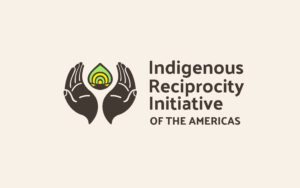
Discover the Indigenous Reciprocity Initiative of the Americas
Gabonese initiation rites and Euro-American detoxification programs both used ibogaine; yet these two cultural settings diverged in the content and purpose of the visionary experience. Ultimately, from initiatory knowledge to modern spirituality, from witch-doctors to personal development, from mythical ancestors to DNA, a whole series of connections, reinterpretations, and adaptations made it possible for ibogaine to be accepted in the West, and gave rise to a form of “transnational” Bwiti with links to Africa, Europe, and the Americas.
This is an abridged version of Julien Bonhomme’s chapter, “From Bwiti to Ibogaine and back: A Transnational History of Tabernanthe iboga,” in the edited collection, Expanding Mindscapes: A Global History of Psychedelics, which is available with MIT Press.
Art by Trey Brasher.
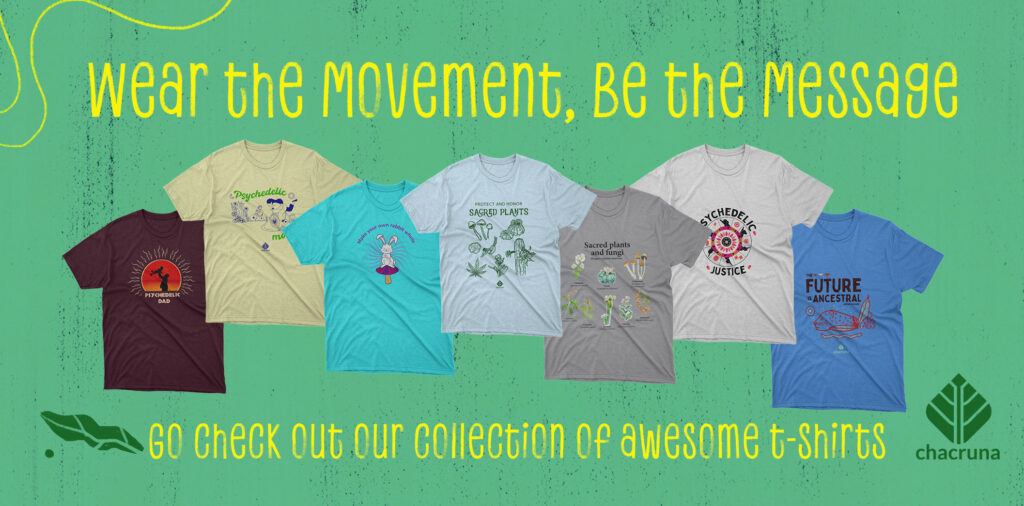
Shop our Collection of Psychedelic T-Shirts.
Take a minute to browse our stock:
Did you enjoy reading this article?
Please support Chacruna's work by donating to us. We are an independent organization and we offer free education and advocacy for psychedelic plant medicines. We are a team of dedicated volunteers!
Can you help Chacruna advance cultural understanding around these substances?










